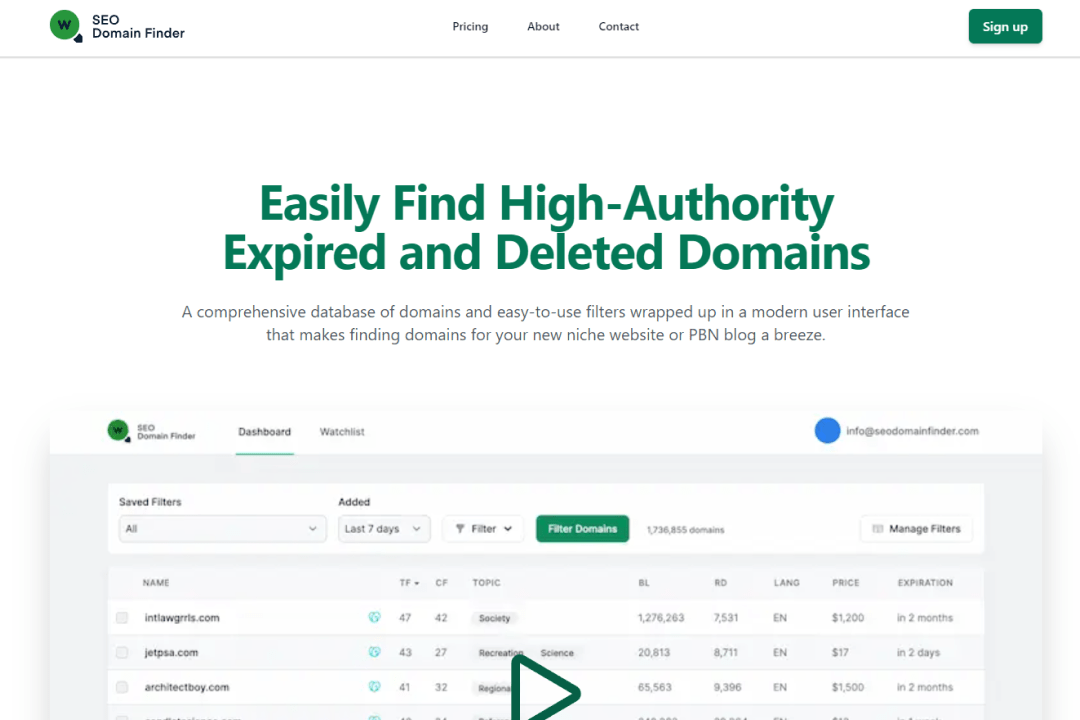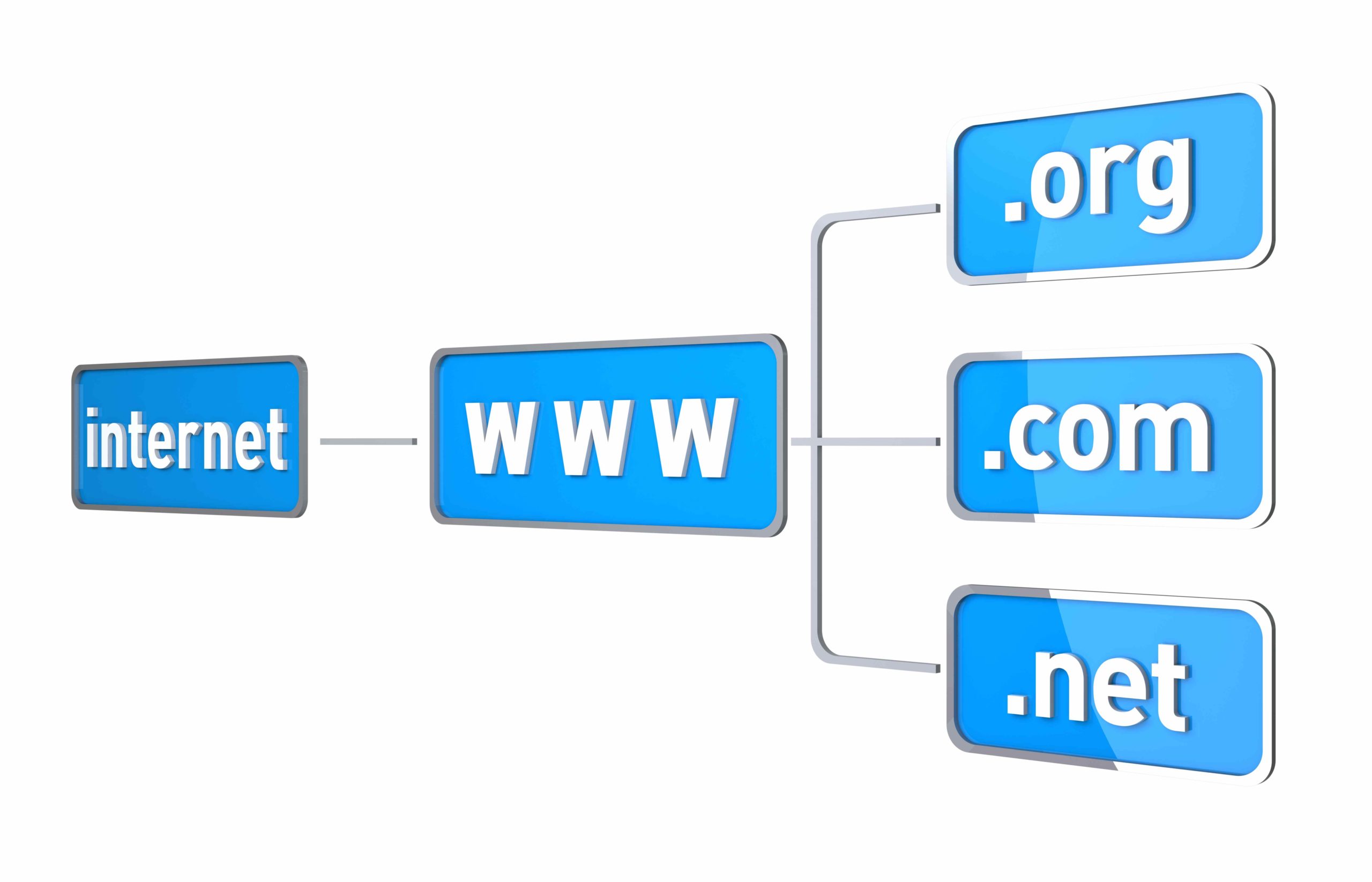
In the digital age, domain names are essential for identifying organizations, businesses, and institutions on the internet. The .edu domain is particularly important because it is reserved for educational institutions. When you come across a website with a .edu domain, it often means the website is trustworthy and offers high-quality educational content.
his article explores the history, purpose, and advantages of the .edu domain, highlighting its unique role in the educational landscape and what it represents for institutions and their stakeholders.
Key Takeaways
- The .edu domain is exclusively reserved for accredited postsecondary educational institutions in the United States, signifying a high level of credibility and trustworthiness in the educational landscape.
- Established in 1985 as part of the original set of top-level domains (TLDs), the .edu domain was created to distinguish educational entities from other organizations on the Internet, maintaining its integrity and exclusivity over the years.
- .edu domains are primarily used by schools, colleges, and research institutions to share academic programs, official announcements, online learning resources, and research, enhancing their communication and reputation.
- Registering a .edu domain involves an initial registration fee of $77 and an annual renewal fee of $77, reflecting a uniform and regulated pricing structure managed by EDUCAUSE.
- To obtain a .edu domain, institutions must verify their eligibility, submit an application through the EDUCAUSE website, pay the required fees, and adhere to the policies set by EDUCAUSE, ensuring only legitimate educational entities can register.
What is .edu Domain Meaning?
A .edu domain is a top-level domain (TLD) that is used exclusively by academic institutions such as colleges, universities, and research institutes. It was created by the U.S. government in 1985 and is part of the Domain Name System (DNS).
The .edu domain was created to distinguish educational entities from other organizations on the Internet. Along with .com (commercial), .org (organizations), .net (networks), .gov (government), and .mil (military), it was part of the initial set of TLDs that laid the foundation for the domain name system we use today.
Originally, any educational institution worldwide could have a domain ending in .edu. But in 2001, only postsecondary institutions accredited by agencies recognized by the U.S. Department of Education became eligible for .edu domains. This change aimed to maintain the integrity and exclusivity of the .edu domain. It ensures that it remains a symbol of reputable and accredited higher education institutions.
What is .edu Domain Used For?
Some of the main uses of the .edu domain are:
- Sharing information about academic programs, so students and faculty get the right details
- Helping the school communicate official announcements and other information to students, faculty, and the public
- Providing access to online learning resources like course materials, libraries, and research
- Showing the school’s identity and status in education can help its reputation.
What is .edu Domain Price
The cost of registering a .edu domain is relatively straightforward compared to other top-level domains. Since .edu domains are managed by EDUCAUSE, a nonprofit association responsible for the administration of the .edu domain space, the pricing structure is uniform and regulated.
Initial Registration Fee
For eligible institutions, the initial registration fee for a .edu domain is $77. This fee covers the costs associated with the application and initial setup of the domain.
Annual Renewal Fee
Once a .edu domain is registered, there is an annual renewal fee to maintain the domain’s registration. The renewal fee is $77 per year. This fee ensures that the domain remains active and that the institution continues to have exclusive rights to it.
How to Get a .edu Domain?
Getting a .edu domain is a process managed by specific criteria and administrative steps. These steps include:
- Confirm that your institution holds valid accreditation from an authority recognized by the U.S. Department of Education. This step is critical as it aligns with the core policy requirements for owning a .edu domain.
- Submit an application for a .edu domain through the official Educause website, ensuring that all provided information is accurate and up-to-date.
- Pay the required annual fee of $77, which is necessary to maintain the registration of the .edu domain.
- Agree to adhere to the policies set forth by Educause, including the Customer Service Agreement, which outlines the terms and conditions of domain usage.
Conclusion
The .edu domain is a prestigious and highly regulated top-level domain reserved for accredited postsecondary educational institutions in the United States. It represents a mark of credibility and trust, distinguishing legitimate academic institutions in the vast landscape of the Internet. For students, educators, and researchers, a .edu domain serves as a reliable indicator of the institution’s authenticity and commitment to higher education.











































































































